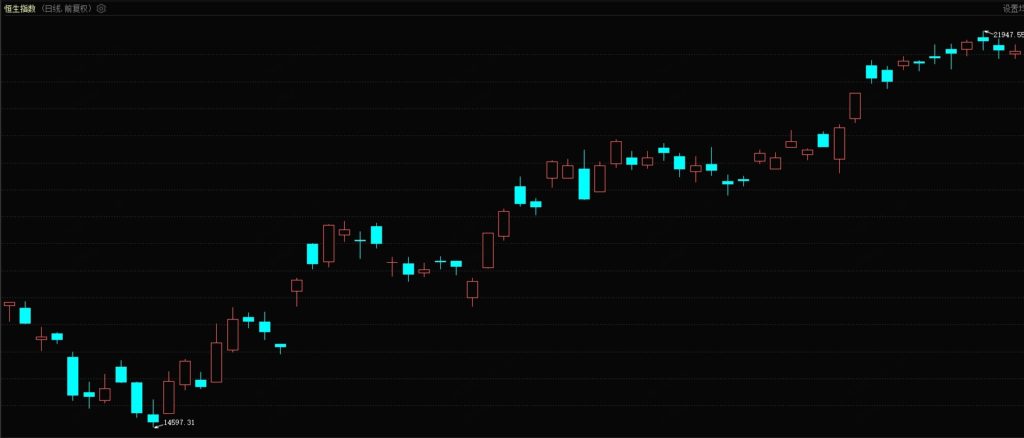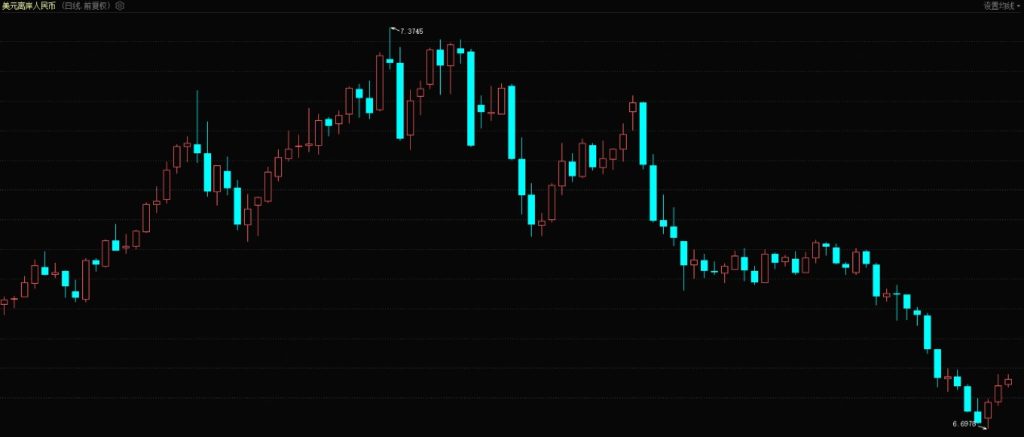
The share price performance of Chinese companies has been fantastic during the last three months. NASDAQ Golden Dragon China Index, which tracks the performance of Chinese companies listed on the Nasdaq in the U.S., rose from the low of 4,113.84 points on Oct. 24, 2022, all the way to 8,051.06 points on Jan. 13, 2023, a gain of nearly 96 percent in three months. Around the same period, Hong Kong’s Hang Seng Index Index soared from the low of 14,597.31 on October 31, 2022, to touch the high of 21,947.55 on January 16, 2023, an increase of 50%. Some heavily weighted companies more than doubled during this period, with Tencent Holdings rising from HK$180 to more than HK$380 on Jan. 12. Likewise, the RMB has strengthened in the foreign exchange market, with the offshore market RMB to USD at around 7.35:1 in early November 2022, reaching 6.6978:1 on January 16, 2023, an increase of nearly 9% against the USD.


According to the latest data released by China’s National Bureau of Statistics, China’s GDP growth rate in 2022 is 3% y-o-y. For 2023, local governments in China have set GDP targets ranging from 4% to 9.5%, with most provinces focusing on values between 5% and 6.5%, with an average value of around 5.5%. Major international investment banks have also been raising their forecasts for China’s GDP growth in 2023. Goldman Sachs raised its 2023 GDP growth target to 5.2% from 4.5%, citing “an accelerated pace of reopening and a lower base in 2022. Morgan Stanley raised its 2023 China GDP growth rate to 5.4%. Citi’s latest forecast is around 5.6%.
By the numbers, the outlook for Chinese economy this year looks great. What is the actual situation? What will happen to the biggest obstacle previously faced by the Chinese economy – the covid-19 epidemic? On Jan. 14, China’s National Health Commission said the number of fever outpatient visits nationwide peaked on Dec. 23, 2022, and continued to decline thereafter. The number of hospitalized covid-19 patients declined continuously after peaking on January 5. The National Development Institute of Beijing University estimates, based on a big data model, that as of January 11, 2023, the cumulative national covid-19 infection rate is about 64% and the cumulative number of infected people is about 900 million. Recent data on travel and dining in China’s major cities shows that life has returned to normal for Chinese residents, so this biggest obstacle has been removed.
Vice Premier Liu He attended the World Economic Forum 2023 Annual Meeting in Davos on Jan. 17 and delivered a speech. Liu He said that China will be more open and market-oriented, and there is no possibility of returning to a planned economy. This shatters those rumors and sends a clear signal to the world. The Chinese government will continue to improve the liquidity of real estate companies, deregulate and expand effective demand. This pillar industry in China will see significant liquidity improvement. The statements of the Chinese Vice Premier Liu He have reinforced foreign investors’ bullishness on the Chinese economy. Since 3rd January, through the Northbound Trading Link, the cumulative net buying from the international investors has exceeded RMB100 billion yuan, exceeding the annual amount of 90.2 billion yuan in 2022.
Against such a favorable background, the Chinese economy faces a negative factor – the uncertainty of the external environment. The European economy is now in recession and facing high inflationary pressures. The United States is also facing high inflationary pressure and may enter the recessionary stage later this year. This puts a lot of pressure on China’s exports. With such an external environment, China’s economy should rely primarily on domestic demand. China’s domestic demand will determine exactly how high China’s economy can jump in 2023. If China’s GDP growth does reach about 5.5% in 2023, GDP growth is likely to exceed 7% in the second quarter of this year due to last year’s low base. Then the upward trend in Chinese stocks will continue. However, these are all strong expectations now, so let’s wait and see if these strong expectations turn into strong reality.